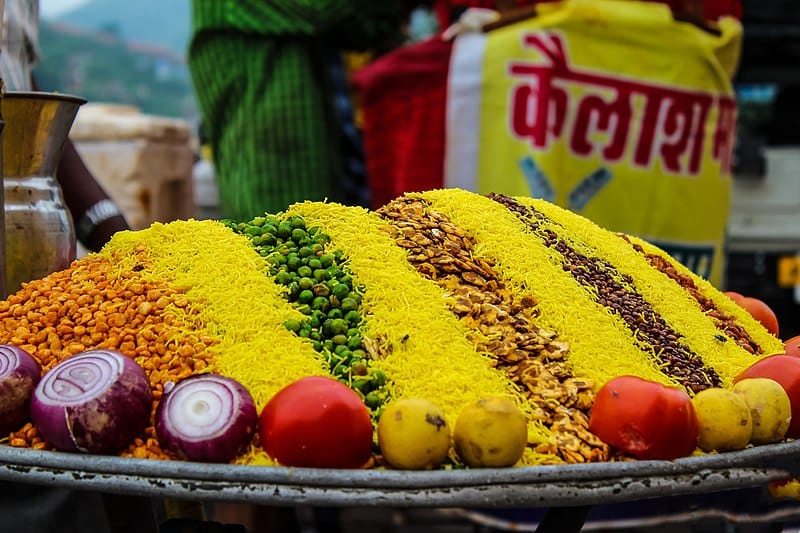Some Like It Hot: spicy foods and sex

Is spicy food an aphrodisiac? According to gossip columns, eating spicy foods releases endorphins and dopamine, boosts antivirals and antioxidants and testosterone in men and leads to more sex. Health pages tout hot sauces and chili, garlic and onions and ginger, oysters, olives and olive oil, bananas, carrots….. to balance the energies, chakras and humors in your body and boost your flagging sex life. Or to go bungee-jumping or mountaineering. One could conclude that all foods are potentially an aphrodisiac.
Or maybe it’s just in our heads. And some of those “surveys” were funded by hot sauce brands.
Spice certainly enhanced the careers of Lola Montez and Mata Hari, and fictional characters like Carmen, even if they weren’t Latin and they never ate a spicy meal in their life, as well as Indian gurus who built business empires on spicy ayurvedic and “organic” products.

Most of the world’s cuisines used spices and contrasting flavors – pepper, ginger, saffron, cinnamon, cloves, curry and so on - which became more widely available as Europe invaded Africa, India and the Americas. Some have argued that using spices when cooking made sense because they have preservative properties that reduce the risk of foodborne illnesses.
Curiously, in the mid-1600’s, some European elites went in the opposite direction, choosing simplicity over complexity, for what some historians regard as snobbish reasons, while others see as a preference for subtlety, meaning that they thought that food should taste like itself, not be smothered in spices. A few link it to Protestantism and salads, or to the rise of meat-eating. As the “empire” returned to Europe in the form of immigrants, it has reversed the trend and now Indian, Chinese, Thai and other spicy cuisines are popular everywhere.

In European art, there are many still life paintings showing “cold” foods – apples, pears, broccoli, fish – but very few showing “hot” foods using spices. Even when meats like beef and chicken appear, they tend to be in slaughterhouse images rather than on dining tables.
